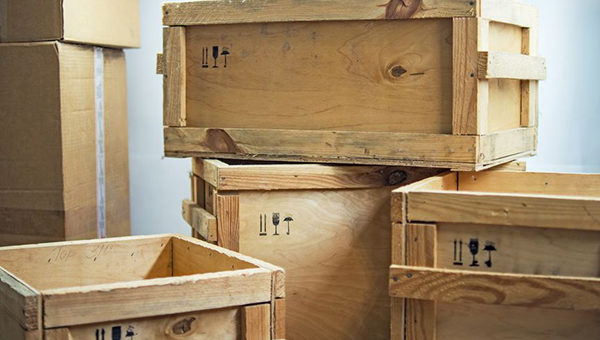
Beware of Wood!
- On 2nd February 2020
It’s easy when importing your cargo to the UK to not give much consideration to the packaging that the cargo arrives in. I guess it’s natural.
Which one of us ever gave a moment’s pause to consider the wrapping paper around our birthday or Christmas present when we received it?
And yet I have known clients to pay £1000s to have a container fumigated where wooden packing material (such as pallets, crating or dunnage) which seems harmless enough before export, become infested with cockroaches by the time it reached Felixstowe from Asia, having hatched during the transit over here. Plastic pallets are often used instead now because of this reason.
And of course the Forestry Commission, which controls lumber and wood imports to the UK, also have to consider diseases unknown to the UK, being brought in piggy-pack style on untreated wood.
Fumigation or heat treatment will remedy most ills, and clear markings on the wood will indicate the approved government overseas source, satisfying the Forestry Commission that this packing material has been correctly treated and will be safe to release. You can read more on the Forestry website link below:
https://www.gov.uk/guidance/import-wood-wood-products-or-bark-from-non-eu-countries
Of course, it is worth mentioned here too that importing wood products may well need a phytosanitary certificate issued in the country of origin by an approved body prior to shipment.
Even something that looks as harmless as wood shavings for rabbit hutches from the USA, can bring disease into the UK. This product would not be allowed in without a phytosanitary certificate.
Once you have this original document from the USA (as in this example) you would need to post it to the Forestry Commission, who, after confirming that the paperwork matches the cargo imported would do a door-side exam at the port, and once satisfied, would release the cargo from their hold by issuing a PH28 ‘Certificate of Clearance’. Without this certificate being issued, HMRC would not clear your customs entry.
As an importer you would have to register on their website as a Forestry Trader. For wooden products that may be liable to requiring such documentation you would need to look at this link:
As you will see, most commodity codes affected fall between 4401 and 4416 and they also have an interest in wooden prefabricated buildings falling under commodity code 9406 0020.
There will be port movement costs from the port (per full load anywhere from £82 to £120) as well as a documentation fee from the Forestry Commission direct (which may fall under £100 pending on work done). Compare this to the £1000’s it could take to fumigate a container which could take ten days after venting on the quayside, depending on the chemical being used!

